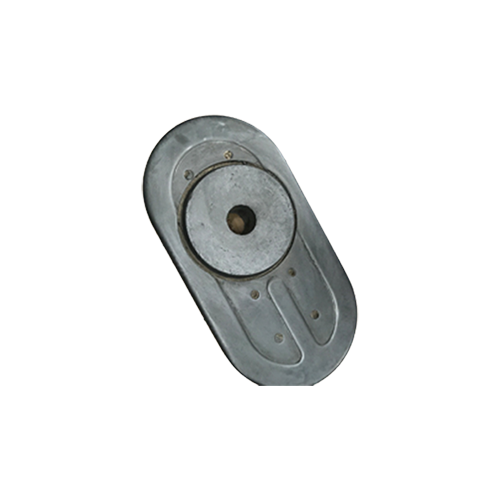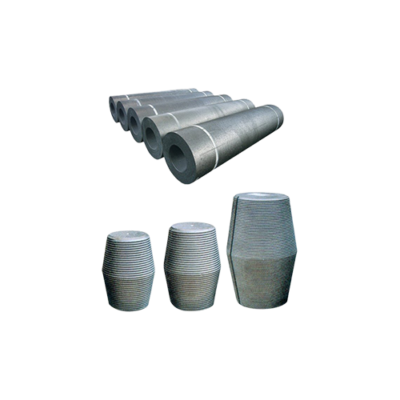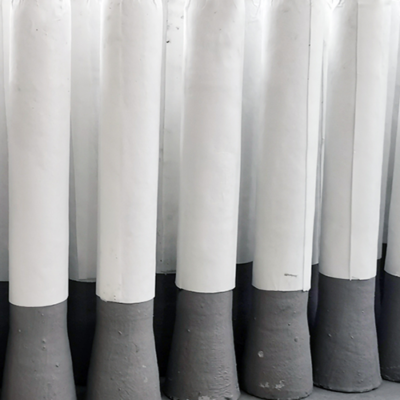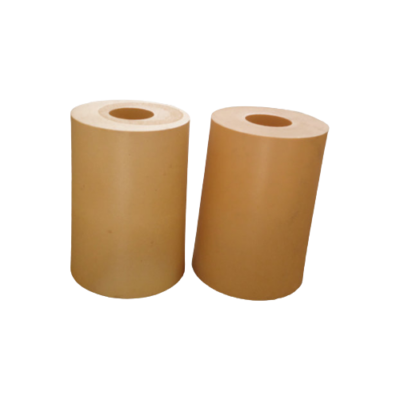Description
The primary constituents of the slide plate are aluminum carbon and aluminum zirconium carbon. The evolving requirements of specialized steel have led to a diverse range of slide plate developments. These slide plate bricks offer notable benefits, including exceptional heat resistance, favorable chemical stability, resistance to corrosion from slag and liquid metal, effective protection against oxidation, and resilience against spalling.
Technique Data
Physical and chemical indicators:
| Item | Index | |||
| HBLT80 | HBLT75 | HBLT70 | ||
| Al2O3 % | ≥80 | ≥75 | ≥70 | |
| C % | ≥2 | ≥3 | ≥3 | |
| Cold Crushing Strength MPa | Non impregnation | ≥80 | ≥70 | ≥60 |
| Impregnation | ≥100 | ≥90 | ≥80 | |
| Apparent porosity % | Non impregnation | ≤13 | ≤13 | ≤13 |
| Impregnation | ≤10 | ≤10 | ≤10 | |
| Bulk density g/cm3 | Non impregnation | ≥2.9 | ≥2.85 | ≥2.75 |
| Impregnation | ≥2.95 | ≥2.9 | ≥2.85 | |
Aluminum Zirconium Carbon::
| Item | Index | ||||
| HBLTG80 | HBLTG75 | HBLTG70 | HBMLT80 | ||
| Al2O3 % | ≥80 | ≥75 | ≥70 | / | |
| Al2O3+MgO % | / | / | / | ≥80 | |
| C % | ≥3 | ≥3 | ≥4 | ≥3 | |
| ZrO2 % | ≥4 | ≥4 | ≥4 | / | |
| Apparent porosity % | Non impregnation | ≤13 | ≤13 | ≤13 | ≤13 |
| Impregnation | ≤10 | ≤10 | ≤10 | ≤10 | |
| Bulk density g/cm3 | Non impregnation | ≥3.0 | ≥2.95 | ≥2.9 | ≥2.75 |
| Impregnation | ≥3.05 | ≥3.0 | ≥2.95 | ≥2.8 | |
| Cold Crushing Strength MPa | Non impregnation | ≥90 | ≥90 | ≥80 | ≥70 |
| Impregnation | ≥110 | ≥110 | ≥100 | ≥90 | |



